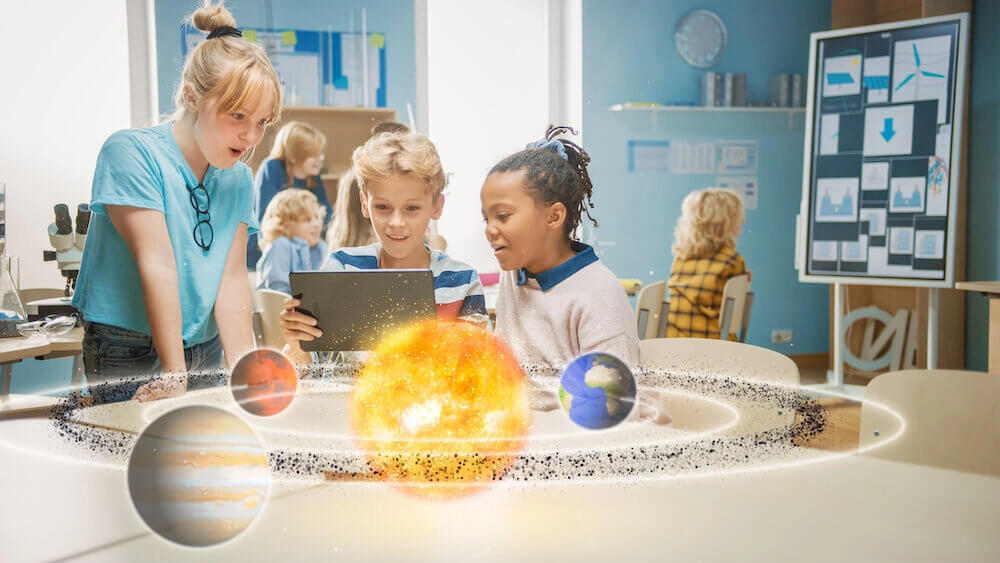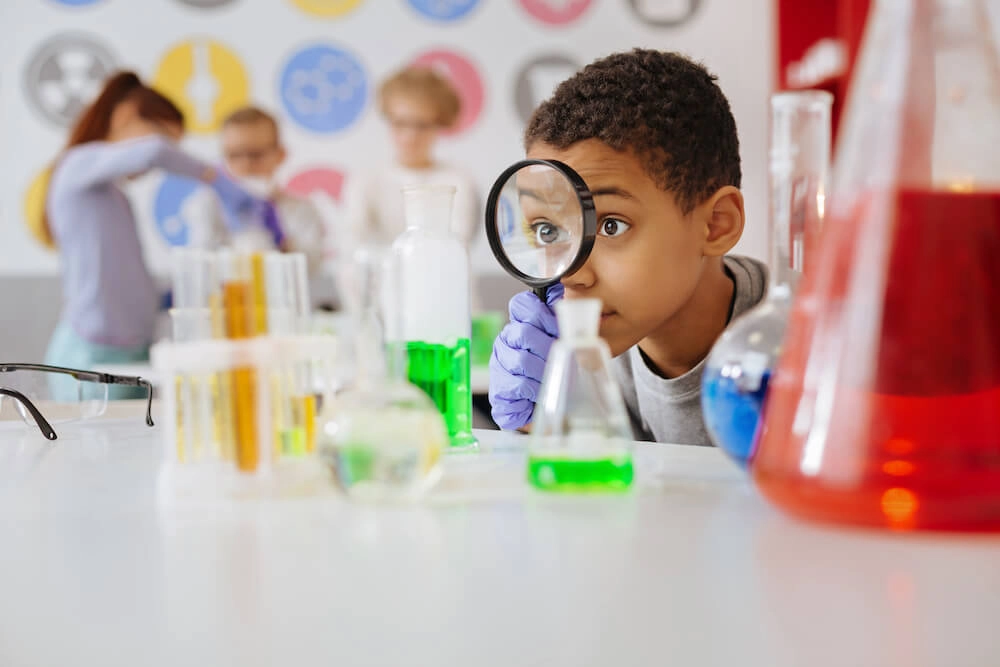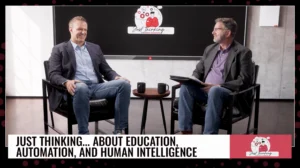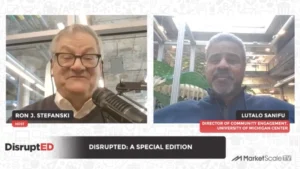5 Unique Things That Make A Science Curriculum Stand Out

Who was your favorite teacher growing up? What do you remember about this person and why?
There are two main reasons students tend to be most engaged and motivated to learn from their classroom teachers: When teachers are passionate and excited about the content they’re teaching, and when students feel their teachers like and care about them. Positive student-teacher relationships can have a long-lasting effect on students’ lives—especially regarding their career choices and potential future opportunities.
Along with a great teacher, students need a robust curriculum that provides the following:
- Hands-on learning
- Opportunities to grow and relate to Science outside of the classroom
- Powerful content that students can correlate and connect to with their own lives
- An engaging curriculum that builds on critical thinking and problem-solving skills
Did you know?
Science is an excellent topic for students because it’s engaging and fun, and teachers can blend it into cross-curricular content areas, such as learning English (ESL). A thriving science curriculum should incorporate various essential elements to promote effective learning and foster students’ understanding of scientific concepts.
Here are The Top 5 Most Important Things to Look For In An Effective Science Curriculum

The Teacher
For successful students, there is an effective teacher behind their school blueprint. A teacher’s passion for a subject is the number one way to engage with students and help them thrive inside and outside the classroom.
Even if your students don’t love the topic you’re teaching, you can still shine a positive light on a topic that a student might not have understood — or possibly had a negative experience within another class. If this happens, with enough passion and energy, along with an excellent curriculum—you can draw students back in so they can reach their goals.
“The goal is not to make students like certain topics, but rather, to provide students with experiences and opportunities so they can discover their own passions.”
Research has shown that teachers’ passion has a direct influence on students’ passion which then affects students’ motivation and achievement (Gilal, Channa, Gilal, Gilal, & Shah, 2019). According to Greenberg, 2016, these benefits can hold true both in online instruction and face-to-face modalities. Teachers who are passionate about what they teach give off a positive energy that students pick up on, which is a contagious type of positivity.
Engaging in Hands-On Experiments and Investigations
Science is a unique subject where students can learn actively while engaging with their teachers and peers. In Science, students can go outside, visit State parks, and participate in The Scientific Method’s actual process.
When students are part of questioning, testing, researching, and hypothesizing, they learn critical solid thinking skills, develop better reasoning, and have more vital problem-solving skills. Science can open up many doors to everything around us, and new discoveries and questions are always waiting around the corner.
Engaging in Science experiments and investigations is also exciting and fun and can bring people together from all walks of life.

Cross-Disciplinary Content Areas
Science is interconnected with other subjects—especially when learning English. Since Science is hands-on and engaging, it is a perfect class for integrating with ESL and Emergent Bilingual Learners.
Flashcards, graphic organizers, interactive simulations, and unique videos help students to learn both academic English and Science at the same time. Having students work together in class also allows ESL or Bilingual students to connect with their peers, communicate better, become engaged in speaking English, and can also help build confidence and new relationships.
Science makes for an excellent multi-disciplinary course. Students can also connect Science and other disciplines—such as math, technology, engineering, and even the arts. Science helps students see the relevance and real-world applications of scientific concepts.

Differentiated Instruction
Students have diverse learning needs and styles. A thriving science teacher and curriculum should incorporate differentiated instruction strategies and accommodations to meet all students’ needs and be able to cater to individual differences — whether that’s scaling content down or accelerating it. Science is not too challenging to modify as necessary.
Many programs can assist teachers in making their curriculum personalized for not only individual learners but for the entire class as well. All Science classes should offer accommodations to ensure all students can thrive.
Science also allows students to learn at their own pace – providing ways that best suit their learning preferences, such as learning through audio, kinesthetic, visual, and through project-based learning activities. Scaling student work up or down is not too challenging, and most effective teachers know how to accommodate all students.
Relevance and Real-World Connection

Connecting scientific concepts to real-world phenomena can help students understand the relevance of Science in their everyday lives. Relating scientific principles to current issues, environmental concerns, or technological advancements enhances students’ motivation and interest in Science.
To start any Science project, teachers can easily take their students outside to learn about the world around them – it’s that easy.
And, according to Berkley, Science informs public policy and personal decisions on energy, conservation, agriculture, health, transportation, communication, defense, economics, leisure, and exploration. It’s almost impossible to overstate how many aspects of modern life are impacted by scientific knowledge.
These 5 elements listed above can contribute to the success of a science curriculum by engaging students, promoting deep understanding, and fostering a lifelong appreciation for Science.
What else would you add to the list to ensure an effective Science curriculum?
Please stop by our website for more authentic content, and be sure to stop by our LinkedIn page for new articles, announcements, and job openings!








